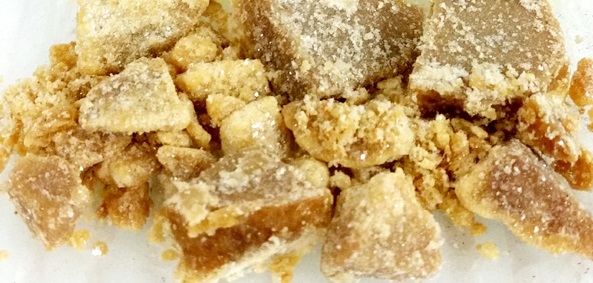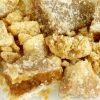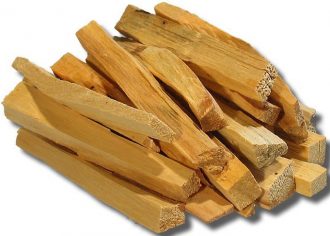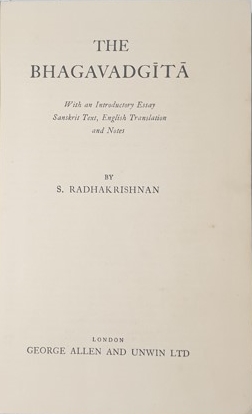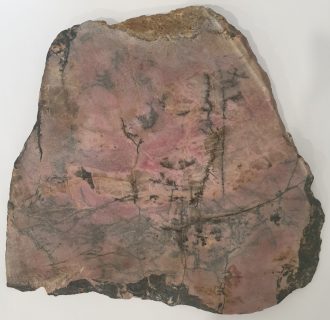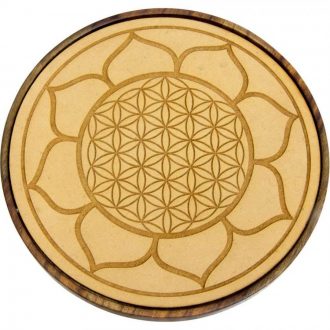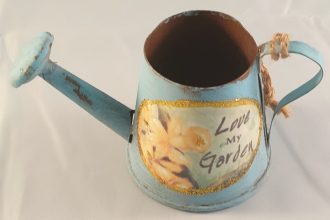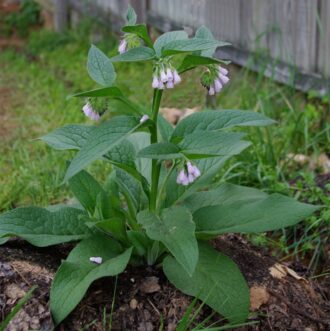Product Description
Resin & Wood Incense – Honey Amber Granuals (5g)
About Honey Amber Resin – is the common name for fossil resin that is appreciated for its inherent and interesting mixture of colours and it is widely used for the manufacture of ornamental objects. Although not mineralized, it is sometimes considered and used as a gemstone.
Ancient Greeks and Egyptians considered amber to be an important healing remedy against mental illness, fever, stomach problems, throat infections, rheumatism. The Greeks called amber the “sun stone” and believed it connected them to the sun god, creating an atmosphere of renewal and alertness.
Neopagans often use the stone for healing. This stone was called Freya’s tears by the ancient Norse. Most of the world’s amber is in the range of 30–90 million years old. Semi-fossilized resin or sub-fossil amber is called copal.
Amber was much valued as an ornamental material in very early times. It has been found in Mycenaean tombs; it is known from lake-dwellings in Switzerland, and it occurs with Neolithic remains in Denmark, whilst in England it is found with interments of the bronze age.
A remarkably fine cup turned in amber from a bronze-age barrow at Hove is now in the Brighton Museum. Beads of amber occur with Anglo-Saxon relics in the south of England; and up to a comparatively recent period the material was valued as an amulet. It is still believed to possess a certain medicinal virtue.
The Amber Room was a collection of wall panels commissioned in 1701 for the King of Prussia, then given to Tsar Peter the Great. The room was hidden from invading Nazi forces in 1941, who upon finding it in the Cathrine Palace, disassembled it and moved it to Königsberg. What happened to the room beyond this point is unclear, but it may have been destroyed when the Russians burned the German fortification where it was stored. It is presumed lost.

